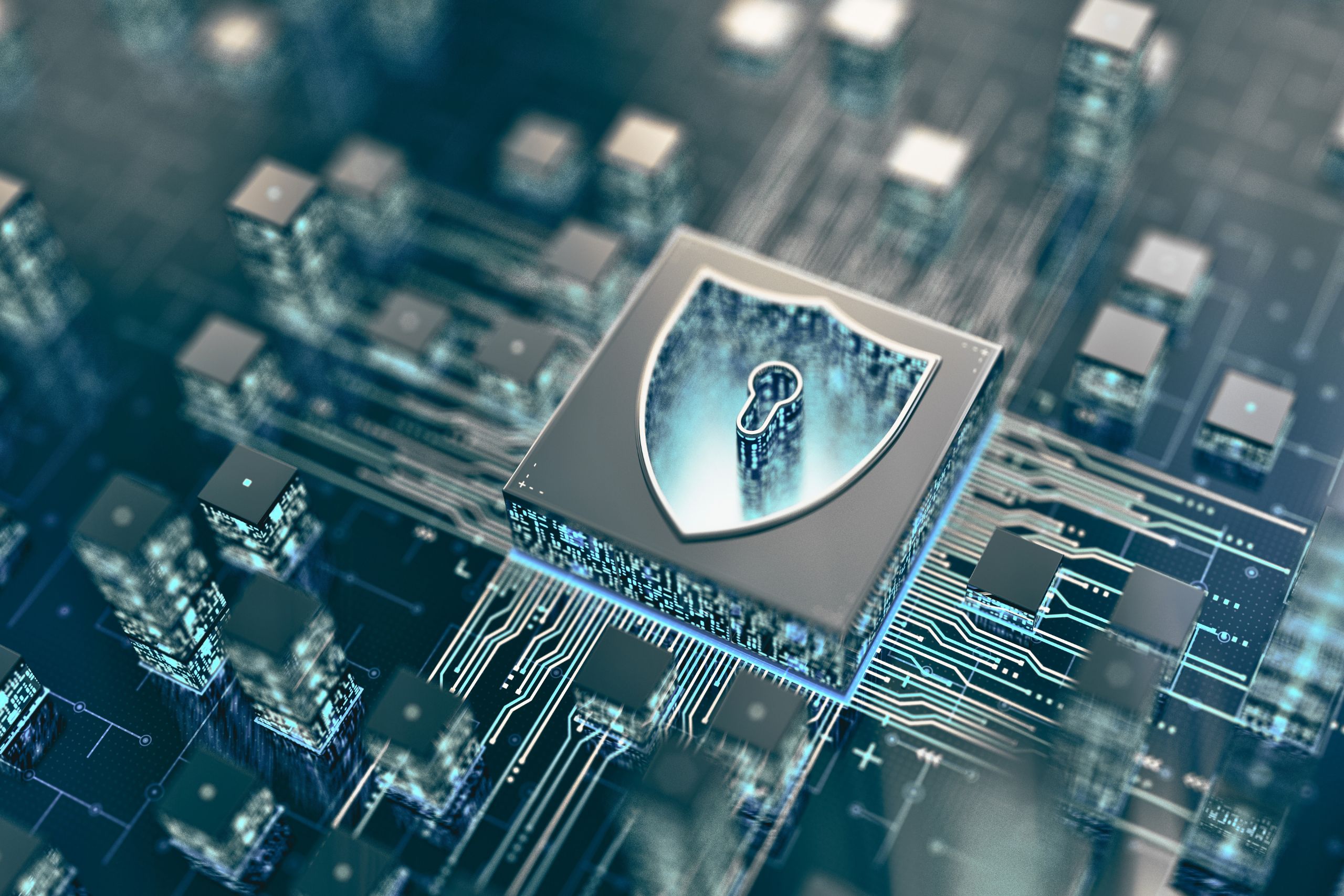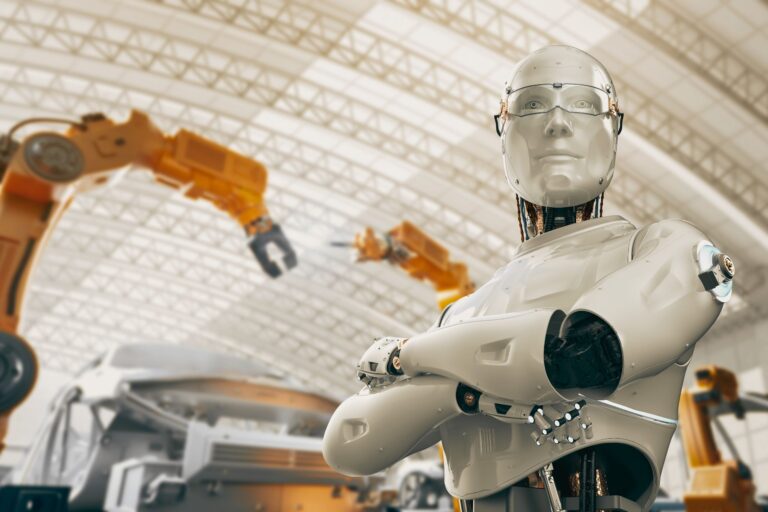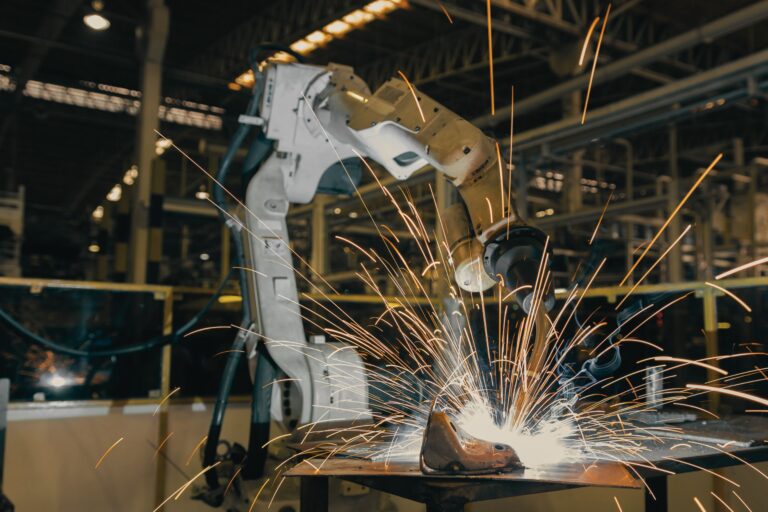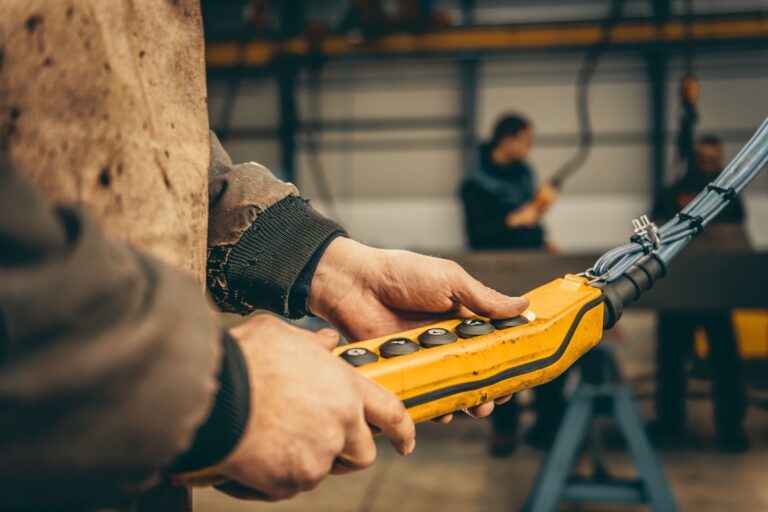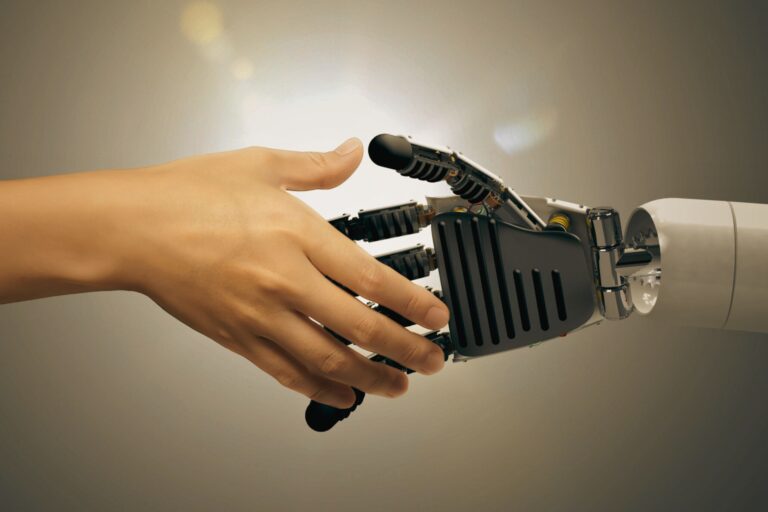Cybersecurity in industrial automation: How to protect robotic systems?
With the increasing integration of robotic systems and the Industrial Internet of Things (IIoT), cybersecurity in industrial automation is becoming critically important. Automated manufacturing processes, connected devices, and digital platforms offer unparalleled efficiency, but they also open up new opportunities for cyberattacks. This article examines cybersecurity challenges in industrial robotics and best practices for securing automated systems.
Key cybersecurity threats in industrial automation
- Malware and ransomware attacks – Hackers can infect industrial networks with viruses that block the operation of robots and demand a ransom to restore access.
- Unauthorized access – Weak passwords and a lack of multi-layered protection allow malicious actors to infiltrate robot control systems.
- Industrial espionage – Cybercriminals or competitors can intercept data on confidential production processes and know-how.
- Attacks on connected devices (IoT/IIoT) – Connected systems facilitate data exchange, but also increase the risk of manipulation or sabotage of production processes.
- Physical attacks and insider threats – Malicious employees or outsiders can compromise security through physical access to industrial systems.
Best practices for protecting robotic systems
1. Network segmentation
- Isolation of industrial systems from corporate IT networks.
- Creating separate network zones with controlled access points.
2. Enhanced identification and access
- Using multi-layer authentication (MFA) to access industrial control systems.
- Regularly update passwords and control user privileges.
3. Security monitoring and analysis
- Integration of intrusion detection and prevention systems (IDS/IPS).
- Constant monitoring of network traffic and analysis of suspicious activities.
4. Regular updates and patches
- Updating the software of robots and industrial control systems to eliminate vulnerabilities.
- Testing updates in a controlled environment before deployment.
5. Staff training
- Raising awareness about cyber threats through training and simulations.
- Developing procedures for responding to cyberattacks and emergencies.
The future of cybersecurity in industrial automation
With the development of artificial intelligence and machine learning, the security of industrial systems will become even more autonomous and intelligent. Key trends include:
- Self-optimizing protection systems, which use AI to predict potential attacks.
- Better regulation and standardization in industrial cybersecurity.
- Integration of blockchain technologies to improve data authenticity and protection in automated ecosystems.
How does Bullitt Engineering ensure the security of industrial systems?
At Bullitt Engineering JSC, we apply best practices for protecting automated and robotic systems. We follow the latest trends in cybersecurity and work on implementing reliable security solutions in industrial automation.
Conclusion
Cybersecurity in industrial automation is critical to protecting robotic systems and connected devices. Implementing effective security measures not only minimizes the risk of attacks, but also ensures the reliability and efficiency of automated processes. Investing in security is just as important as investing in automation itself.

